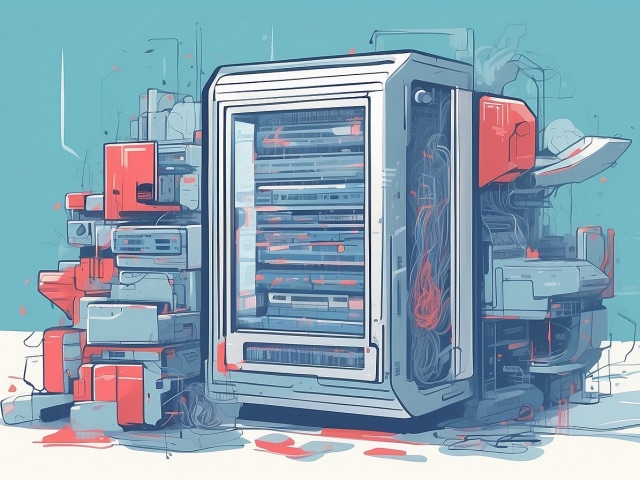Error 500 is one of the most feared error codes by e-tailers. It indicates a server malfunction that prevents your online store from displaying. Unlike 404 errors, which affect a specific page, a 500 error can affect your entire e-commerce site, bringing your sales to an instant halt.
For any online store owner, understanding this error is essential to protect sales and maintain an optimal customer experience. A 500 error not quickly resolved can cost thousands of euros in lost sales.
Error 500 definition
Error 500, officially called “Internal Server Error”, means that the web server has encountered an unforeseen problem that prevents it from processing the visitor’s request. Unlike 404 errors, which indicate that a page does not exist, the 500 error reveals a technical malfunction on the server side.
This error usually manifests itself as a blank page or a generic error message. Visitors can no longer access your store, view your products or finalize their orders. For your Prestashop or other e-commerce CMS, this is equivalent to temporarily closing your store.
The main causes of a 500 error in your online store
Several factors can trigger a 500 error on your e-commerce site. Server configuration problems are the most frequent cause, especially when the allocated resources (memory, processor) are insufficient to handle the traffic.

Impact on your e-commerce business
The business impact of a 500 error is considerable. Every minute of unavailability represents lost sales, particularly during busy periods. Your customers, faced with an inaccessible store, will naturally head for your competitors.
Beyond the immediate losses, a 500 error damages your brand’s image. A site that crashes regularly inspires little confidence in potential buyers. Google also penalizes sites with frequent errors, affecting your SEO and visibility.
How to detect a 500 error quickly
Early detection of a 500 error considerably limits its impact on your sales. Monitoring tools such as Google Search Console or specialized services constantly monitor your store’s availability and alert you instantly.
Your own regular visits to your site are also an easy way of detecting problems. Set up automatic alerts that notify you by email or SMS as soon as a 500 error occurs. The sooner you detect the problem, the sooner you can solve it.
Solutions for resolving a 500 error
When faced with a 500 problem, start by checking your server logs to identify the exact cause. If you’re using Prestashop, temporarily disable any recently installed or updated modules. This simple action often solves the problem immediately.
Contact your hosting provider if the error persists or if you suspect a server problem. Hosting professionals have advanced tools for quickly diagnosing and correcting technical malfunctions. While you’re waiting for the problem to be resolved, communicate with your customers via your social networks.
Prevention remains your best strategy. Make regular backups, test your updates on a development environment and monitor your server’s performance. Hosting adapted to your traffic and preventive maintenance drastically reduce the risk of 500 errors.
Why monitoring 500 errors is crucial to your e-commerce business
Active code 500 monitoring directly protects your sales. An effective alert system enables you to intervene before an error massively affects your visitors and sales. This reactivity distinguishes professional stores from amateur sites.
Maintaining your customers’ trust is a major strategic challenge. A reliable site encourages repeat purchases and referrals. Conversely, frequent errors tarnish your reputation and complicate your marketing efforts. Investing in the technical monitoring of your store is therefore a profitable investment in your business development.